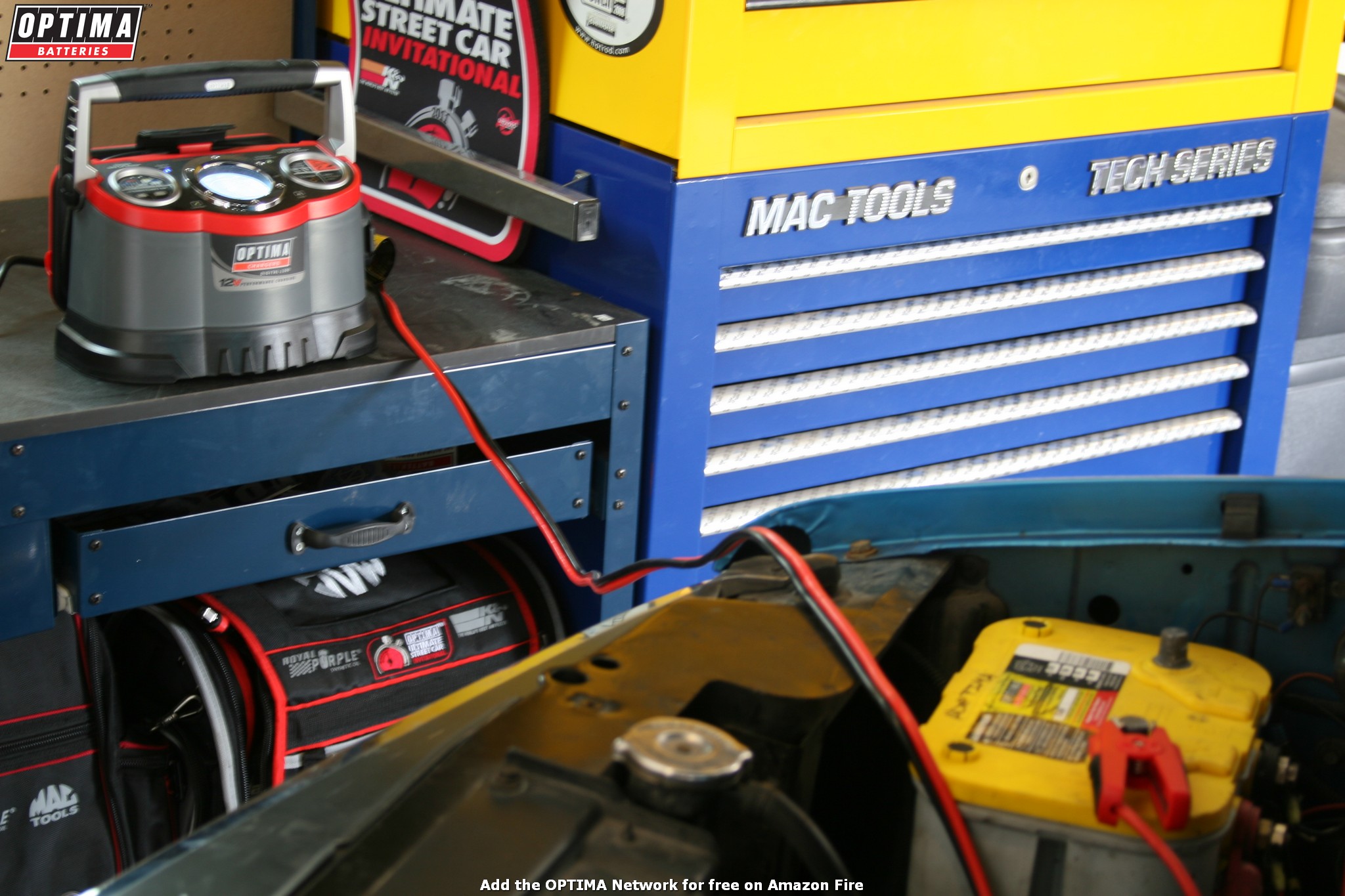12.4 is the Magic Number for Batteries

- Sponsor
- OPTIMA Batteries
- Location
- Glendale, WI


Are you getting ready to store your car or boat for the winter? If you aren't one of the lucky few, who enjoy their toys all year round, you'll want to make sure you take proper care of your battery while it sits idle. We'll tell you how to do that in this post, but if you'd rather watch a video, we have one of those too.
Even though our batteries are commonly referred to as "12-volt" batteries, if you measure your voltage with a multimeter and it reads "12.00" volts, your battery is actually significantly discharged.
Fully-charged, our REDTOPs (including 34M BLUETOP) will read approximately 12.6-12.8 volts and our YELLOWTOPs will read approximately 13.0-13.2 volts (including BLUETOPs with light gray cases). When any 12-volt battery is discharged below 12.4 volts, sulfation begins to occur within the battery. Over time, this sulfation will diminish both the performance and lifespan of the battery. Regular use of a quality battery maintainer will keep batteries properly charged and extend their useful life.
While a standard float charger will work just fine on an OPTIMA battery, the best maintainers and tenders for our batteries are "micro-processor controlled" and offer specific settings for AGM batteries. Some chargers offer a "Gel" or "Gel/AGM" setting. These should not be used on OPTIMA batteries. Gel batteries are very different than AGM batteries and using a "Gel" charger setting on an OPTIMA battery may not fully charge the battery and could damage it over time. We happen to sell chargers that will work great on OPTIMA batteries and all other 12-volt lead-acid automotive batteries.
If you store your car or boat in a location that does not have access to electricity, consider removing your battery for the winter and maintaining it at home. Once upon a time, batteries needed to be stored on wood, but that hasn't been the case for many years. Batteries are best stored in cool, dry locations and that can include the concrete floor in your basement.
If removing your battery (or batteries) simply isn't a practical option, the next best alternative is to fully-charge the battery and disconnect it from any power draw. Many modern computer systems and electrical accessories will draw some current, even when the key is removed from the ignition. This current draw can discharge a battery over time and in some cases, it may only take a few weeks. If you fully charge your battery and disconnect it from any current draw, it's still a good idea to check it every few months to make sure the voltage doesn't drop below 12.4 volts. If the battery needs to be recharged, it's best to do it with a battery charger.
We often hear of people who periodically start their car through the winter months and let it idle for a few minutes. If someone is doing this for the purpose of maintaining their battery, they are better off not starting the car at all. The battery energy required to start the vehicle may not be replaced by the alternator, simply by idling the car in the driveway for a few minutes. Repeatedly starting your car and idling it for a few minutes over the course of a few weeks or months can actually accelerate the discharge process of your battery.
When it comes time to bring your vehicle out of storage, check the battery voltage before attempting to start your engine. If the battery needs to be charged, it is better to charge it with a battery charger than the vehicle's alternator. Most alternators were designed to maintain batteries, not recharge deeply-discharged batteries. Asking an alternator to recharge a battery that has been discharged over the winter can lead to a cycle of dead batteries and jump-starts, until either the battery or alternator fails. You can buy a charger or maintainer that works great on all types of 12-volt lead-acid batteries here.
